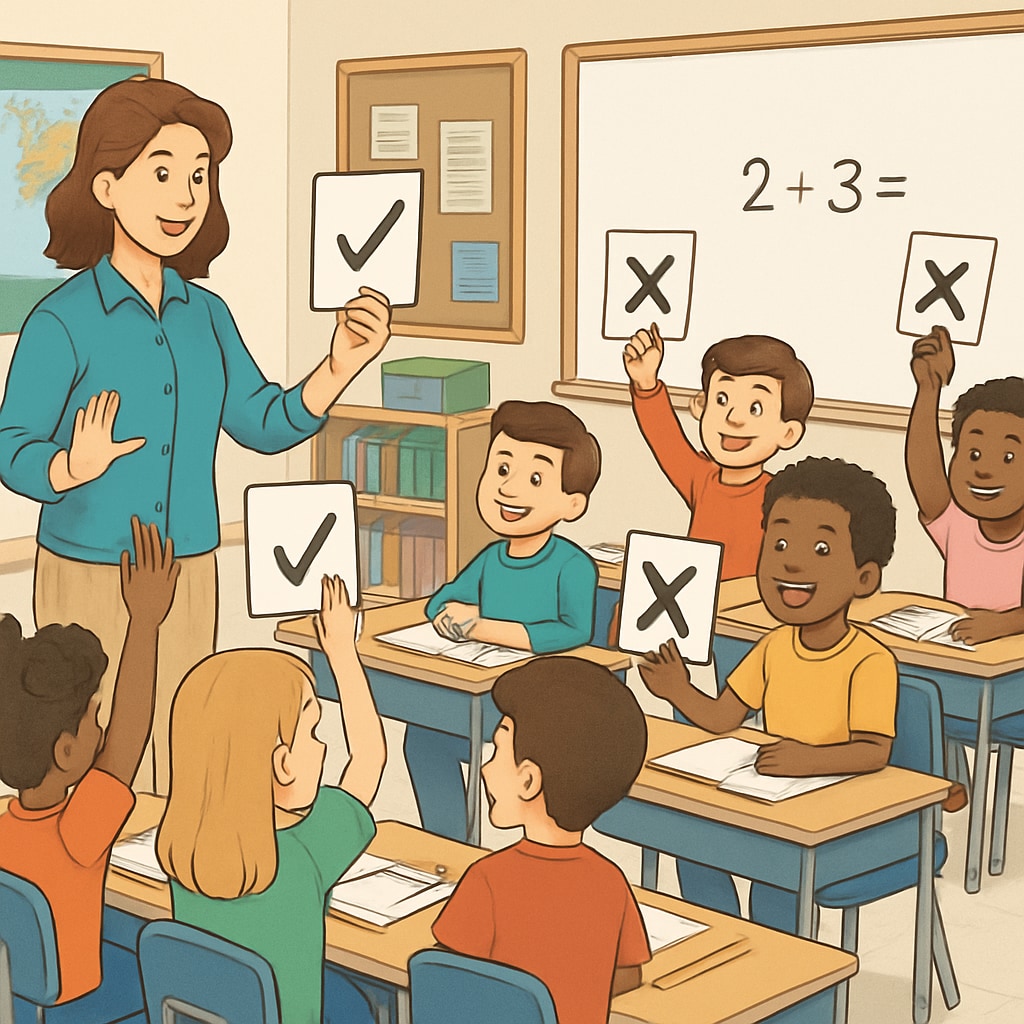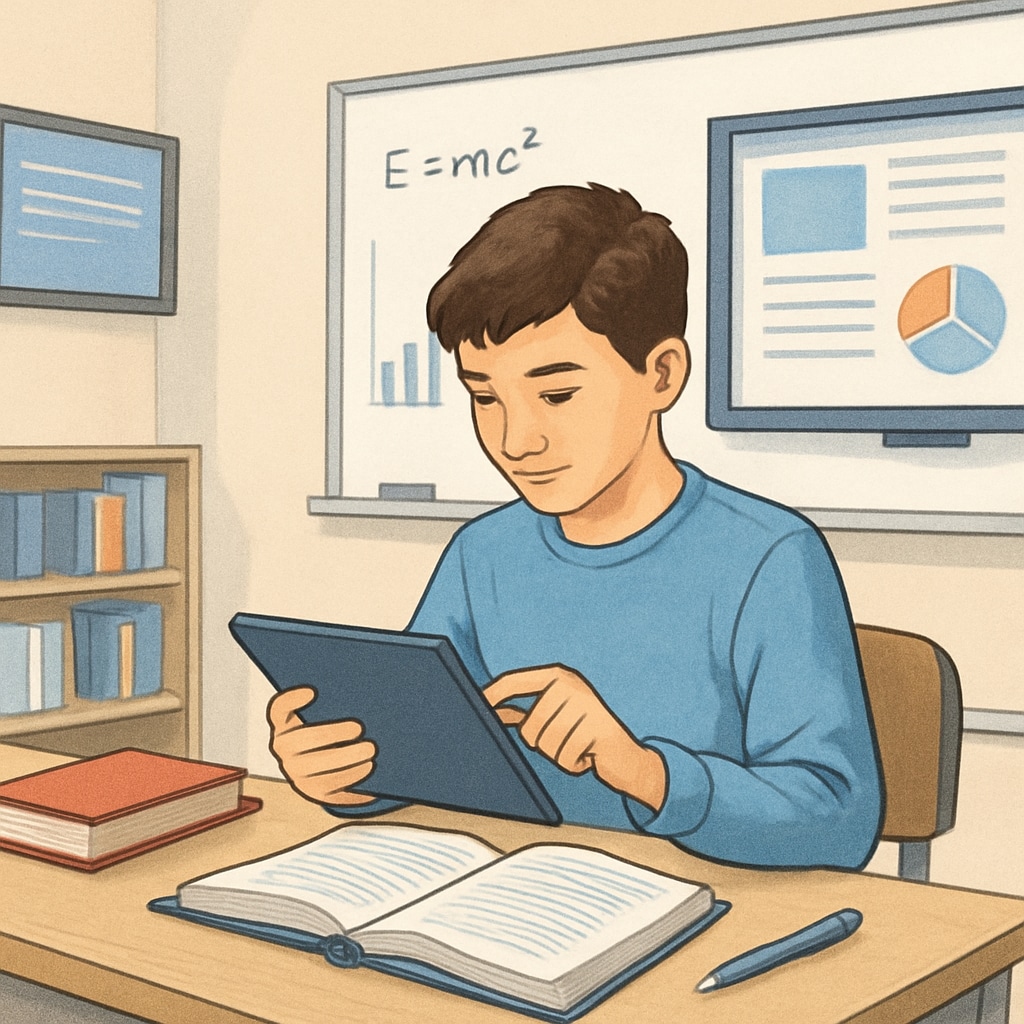Boredom in education is a widespread challenge, with many students in K12 classrooms experiencing disengagement and a lack of enthusiasm for learning. This phenomenon, often associated with student dissatisfaction, negatively impacts classroom participation and overall academic outcomes. Addressing this issue requires a deeper understanding of its causes and the implementation of targeted strategies to boost classroom engagement.
Understanding the Causes of Student Boredom in K12 Classrooms
Boredom among K12 students can stem from various factors, including monotonous teaching methods, irrelevant curriculum content, and a lack of connection to real-world applications. For example, traditional lecture-based teaching often fails to address diverse learning styles and can leave students feeling disconnected.
Other contributing factors include:
- Overloaded or under-stimulating content: When lessons are either too challenging or too simplistic, students may disengage.
- Lack of autonomy: Students thrive when they feel a sense of ownership over their learning process. A rigid, teacher-centered approach can stifle this.
- Insufficient use of technology: In a world dominated by digital tools, classrooms that fail to integrate technology may appear outdated and unappealing.

Strategies to Enhance Classroom Engagement
To combat boredom and rekindle passion for learning, educators can adopt innovative teaching strategies that prioritize student engagement. For instance, incorporating active learning methods—such as group discussions, project-based learning, and hands-on activities—can significantly enhance participation.
Here are additional approaches to consider:
- Gamification: Turning lessons into games or challenges can make learning more enjoyable and competitive.
- Personalized learning: Tailoring instruction to suit individual student needs and preferences fosters a sense of inclusion.
- Real-world connections: Demonstrating how lessons apply to real-life scenarios can make content more relatable and meaningful.
- Technology integration: Tools like educational apps, interactive whiteboards, and virtual reality can transform traditional classrooms into dynamic learning environments.
For more insights on personalized learning, visit Personalized Learning on Wikipedia.

Measuring the Impact of Engagement Strategies
Once new methods are implemented, it is crucial to assess their effectiveness. Educators can use tools such as student feedback surveys, classroom observations, and academic performance metrics to evaluate progress. By identifying what works, teachers can refine their approaches to ensure sustained engagement.
Additionally, professional development opportunities for teachers can help them stay updated on emerging educational trends and innovative practices. For more information on effective teaching strategies, explore Education on Britannica.
In conclusion, breaking the cycle of boredom in K12 classrooms requires a combination of understanding, innovation, and adaptability. By addressing the root causes of disengagement and implementing strategies to enhance participation, educators can create a vibrant and stimulating learning environment that ignites a passion for knowledge.


